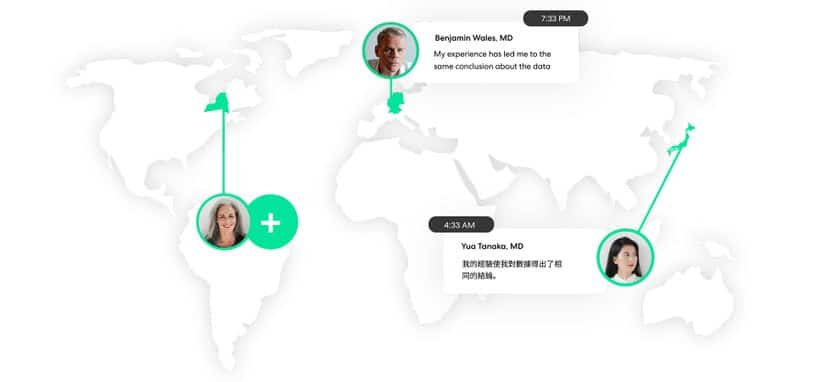Each year on Earth Day, we take time to focus on issues around climate change and how humans and organizations can halt or even reverse environmental damage. After the pandemic forced a pause in most of our travel and even some manufacturing, many observed improvements in air quality as emissions from these activities fell dramatically.
The life science industry continues to take action to reduce its environmental impact, with many leading organizations setting timelines for carbon reduction. Decisive action could make a remarkable difference – a study found that the pharmaceutical industry’s carbon emission intensity is higher than the automotive industry’s.
Although manufacturing accounts for most emissions, local and global travel also creates environmental impact – not just from transportation, but also the use of water and electricity, climate control, and food waste, not to mention all those plastic water bottles that seem to be so plentiful at meetings and conferences. As the industry sets ambitious goals for carbon footprint reduction, some pharmaceutical and medical device companies will choose to travel less while collaborating just as much, if not more, than before the coronavirus pandemic.
Is travel the only choice for every engagement?
Pharma companies can make incremental choices that have a big impact. Stakeholders – from colleagues to KOLs to consumers – form opinions of companies based on many factors, and many organizations are re-prioritizing carbon reduction initiatives. Having more virtual meetings is a small choice teams can make to create significant benefits that roll up to enterprise-level goals.
Without travel, how can engagement thrive?
Our customers report shorter timelines, more streamlined projects, and an overall better experience for all types of stakeholders when they can engage over-time – whenever it is convenient for them, rather than an arbitrary day in a place far from home and work.
Retaining real-time virtual touchpoints like webcasts can still provide the collegial interaction people crave. But multiple hours of meetings tend to thwart productivity, and they remain on many calendars. We know more meetings don’t equate to more meaningful discussions or valuable insights. Shifting work to an asynchronous format gives people time back in their day and creates time for focused concentration – the environment that’s likely to yield the most significant feedback.
How does virtual work help organizations work toward carbon reduction goals?
Virtual work isn’t designed to replace face-to-face interaction, but it offers companies options. And rather than hindering collaboration, virtual work amplifies it, offering a better environmental choice.
To learn more about how choosing virtual engagement affects the environment, view our infographic.






